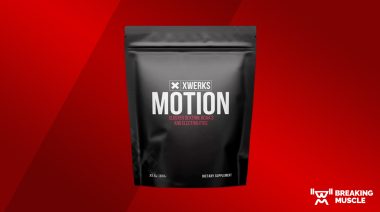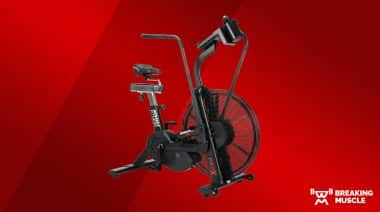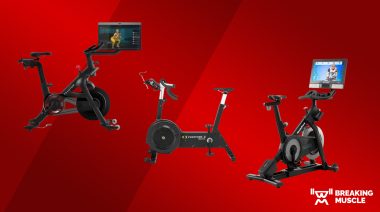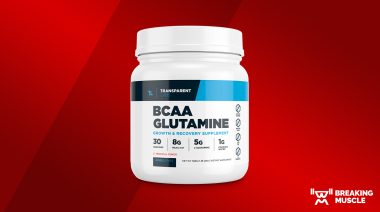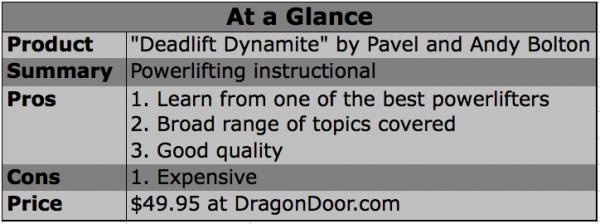
The three lifts of a powerlifting meet are a constant topic for lifters everywhere, both serious competitors and casual gym-goers. Not only is powerlifting a sport, but these three lifts exemplify strength. The lifts are simple, but difficult. And when I say difficult, I mean it. It’s not as if you can’t pick up an empty bar a hundred times, but start adding weight to that bar and it will eventually become tough for anyone of any experience or strength.
One notable lifter who spends more time adding weight to the bar than pretty much everyone else in the world is Andy Bolton. If you have any interest in the sport of powerlifting, then you already know Andy. The holder of numerous powerlifting records and feats, Andy was the first person to deadlift 1,000+ pounds in competition, pulling 1,003 in April of 2006 and besting that by 5lbs a few years later.
Another very strong dude himself, and a renowned author and coach to boot is Pavel Tsatsouline. Pavel is one of the most well known authorities on strength in the world. Together Andy and Pavel wrote a book called Deadlift Dynamite. The book is encyclopedic in the sense that it covers every aspect necessary to perform well in all three of the powerlifts, including in competition, but has a focus on the deadlift specifically.
The authors focused on the deadlift because, as Andy puts it right in the introduction, “The deadlift is an awesome movement.” He acknowledges other awesome movements, and even discusses both squat and bench press technique in the book, but the goal of the book is to improve your deadlift.
On the path to improving the deadlift the book covers every aspect you can imagine. From planning your training, how to pack for a meet, and how to eliminate weak points in your lifts, right down to nutrition, supplements, and mental strategies.
There are some great things about this book, and some not so great things. Let’s get the not so great things out of the way.
The real notable issue is the price. This book is expensive, with a price tag approaching college text book level. This isn’t a problem, per se, but I’d expect college text book level density and length, which I can’t say I got. There is a lot in this book for the novice, but I think it would be truly great if it had more for the advanced lifter. Not to mention, if I’m getting several dozen pages of kettlebell assistance exercises in a deadlift book for this price, it really should have a lot more information than the 263 pages it has.
Now you might be thinking, “How many pages does this reviewer expect from a deadlifting book?” There’s plenty more that I know even very experienced competitive lifters would like to learn. For example, I’d love to see more meet advice, strategy, and prep from Andy. With his level of experience information like this would be invaluable.
The only other problem I had was with some of the book’s setup. As far as books go, Dragon Door always puts out solid work that is well designed, well edited, and has high quality production. This book is no exception, but there were a few parts I noted in which they referenced something elsewhere in the book without indicating the page number. It may seem to be a minor issue, but when they say “use this stretch to fix this problem,” and it’s the problem I personally have, I want to see that stretch. I mean, like, right away. And when it isn’t there and there’s no easy way to find it, I get frustrated as a reader and lifter who is reading the book to improve.
As far as reasons to pick up the book, there are many outside of the fact that it’s a collaboration between two greats, which might be enough right there. The book is divided into two major sections aimed at different experience levels. The focus is on solid, simple, and time-tested powerlifting advice. Most people will be able to pick up some things from this that will lead to better lifts, and that’s really the point.
Probably my favorite part about this book is that it isn’t dogmatic. This is a very fine line to walk in a book like this, but Andy handles it with the grace of a ballerina, if he’ll forgive the comparison. In a book about how Andy Bolton deadlifts, to say that his own style may or may not work for you could have been the deadlifting dynamite that backfired on him, but it comes across perfectly. Andy acknowledges the various styles and methods of lifting, explains his own in great depth with the rationale to back it up, and then proceeds to talk about other greats who might have done something differently and why that might be better for them. These are the real nuts and bolts that will force the reader to think about themselves and how they lift.
If you want to improve your deadlifting, I can say that this book has something in it to help you regardless of your present ability. If you’re serious about competition, or a beginner who has lofty goals and the price tag doesn’t make you cringe, I recommend this book highly.
“Deadlift Dynamite” is available for $49.95 at DragonDoor.com.
Andy is a featured coach here on Pulse Beat Fit. Check out his free four weeks of strength training and his article giving you “5 Tips for a Stronger Deadlift.”

